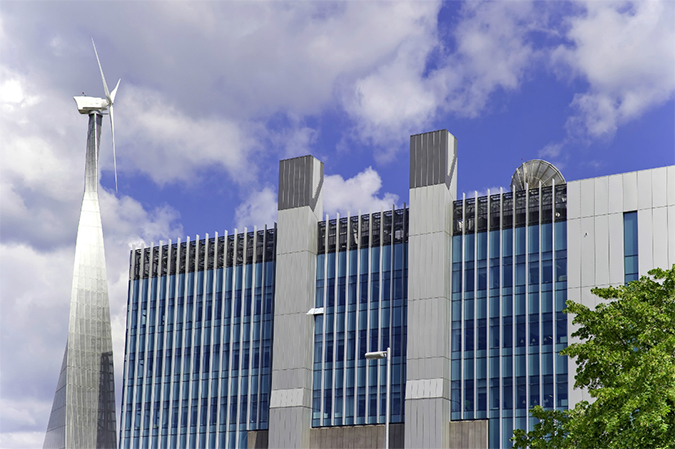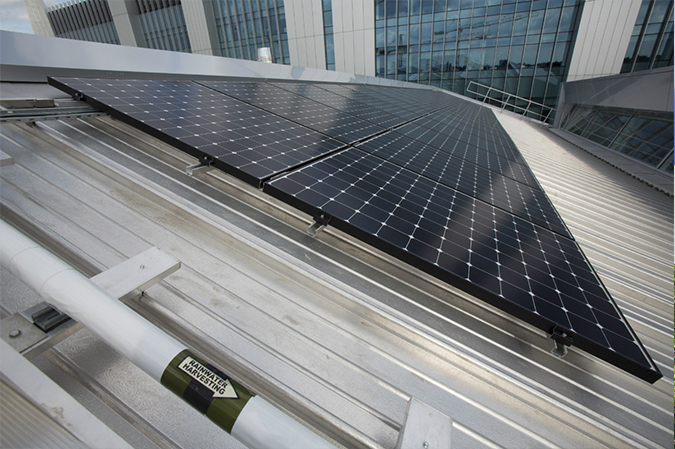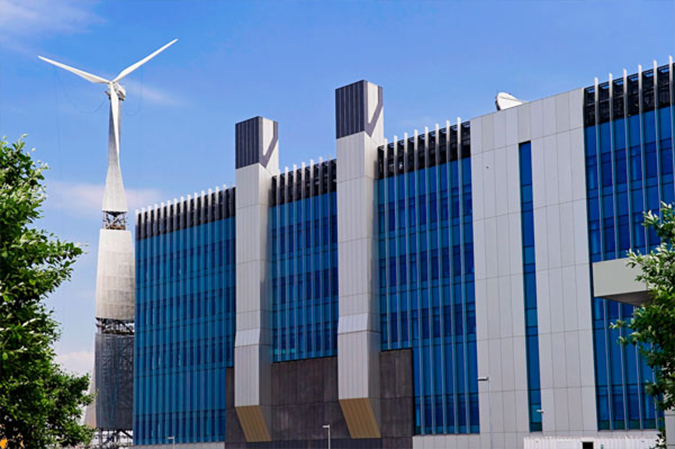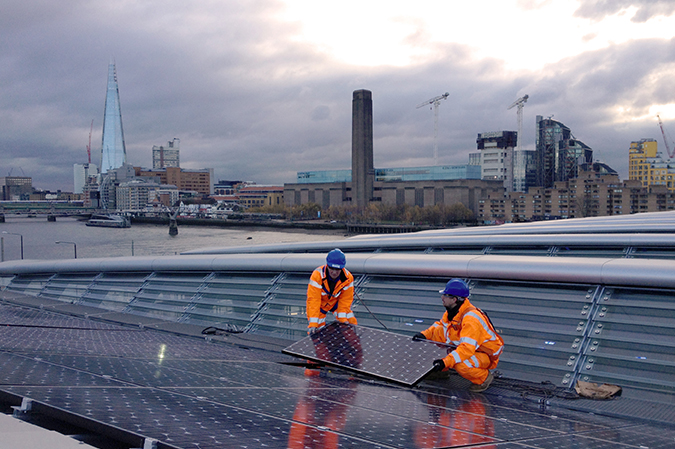This blog is part of a four-part series on city and business action to reduce emissions in the capital
“Renewable Energy Will Be Consistently Cheaper Than Fossil Fuels By 2020” – Forbes, 13 Jan 2018

Headlines and reports about the growing potential of renewable energy are rising in number – a recent IRENA report, launched at COP24, revealed that climate-safe renewable energy competes on cost alone. But how do we make sure London increases its total uptake of renewables?
As London Business Climate Leaders (LBCL), our combined landholdings and relationships with suppliers and communities across the city offer powerful potential for increasing the use of renewable energy. In the third of our workshop series, we considered how LBCL could speed up the growth of London’s low carbon energy supply.
Rapidly closing the clean energy gap: what we need
Currently, London’s main source of energy is natural gas, particularly for heat. To successfully decarbonise, London needs a rapid increase in local energy production to provide low carbon heat and power at cost-effective prices that also improve London’s air quality.
The potential is there. London’s rooftops could generate more solar energy than we have now. The Mayor is aiming for ten times more solar energy generation to be installed in London by 2030. But for this ambition to become a reality, the private sector, charities and communities need to adopt and install renewables too. And that’s just one example of a clean energy solution.
London offers unrivalled potential for heat exchange with its extensive tube network (well-known for its warmth!) and of course the river Thames, running through the heart of the city, is another renewable asset.
Sky is proud to have been carbon neutral for 12 years, purchasing 100 percent renewable energy and generating a proportion of our own consumption through a wind turbine and solar panels at our Sky Group head offices in Osterley, West London, as well as across several other sites across Europe. This year two of our biggest factories in China have installed solar panels, providing 50 percent of the energy used to manufacture Sky products.
In fact, every business involved in the LBCL initiative is already sourcing most or all their energy from renewable sources. Our workshop therefore focused on how to increase renewable energy generation within our businesses. The Greater London Authority is leading by example, with the Mayor’s own programmes set to almost double London’s current installed capacity. Business action could potentially unlock new ways for our co-tenants, communities and neighbourhoods to access more clean energy as well.
Challenges to change
Within the workshop, common challenges emerged. For example, space restrictions on existing rooftops, lack of available sites, high costs, how to export excessive energy to the grid and being one of many occupants in a leased space were just some of the barriers faced by businesses.
But great examples of best practice came through too. Tesco will be rolling-out solar panels on all appropriate buildings by working closely with its landlords and is ensuring cash-neutrality by hosting renewables on behalf of providers in return for energy provision. Derwent London – a real estate developer – specifies renewable technologies for new developments and 100% renewable electricity tariffs across their entire portfolio as standard practice. They also work with bio-bean to make clean fuel from coffee waste in their buildings.
Generating renewable opportunities

Each London Business Climate Leader has committed to mapping the on-site renewable potential of their London-based properties by 2020. To help us get there, guest speaker, Ongen, provided an overview of a mapping tool which provides an affordable way to rapidly assess and compare different renewable options for the whole of a company’s portfolio. Mapping LBCL assets and collectively acquiring onsite renewable technology could drive costs down and accelerate the renewables transition.
Working as a group, we are energised about the potential solutions. Some businesses have suitable sites for renewables that could benefit their wider neighbourhoods, while others were interested in joint power-purchasing agreements to use in multiple LBCL sites.
We are learning from each other and value the opportunity to explore similar actions, such as Siemens’ Diesel Free project sites, or join current initiatives, such as PowerPaired. Being part of LBCL, encourages us to push our efforts further. For instance, enhancing the credibility of our purchased Renewable Energy Certificates (RECs) by seeking more local renewable energy suppliers.
What’s next?
The LBCL is enabling open, informal and direct conversations between leading businesses, fostering connections between participants and generating emissions-reductions solutions. It is opening the possibility of collectively pushing for change within our supply chains and the communities in which we’re sited, helping them to make the move to renewables too.
Our combined leadership efforts have the potential to inspire and drive climate action on emissions in London and beyond.

Read part one of this series on the green transport transition here and part two on energy efficient buildings here.

